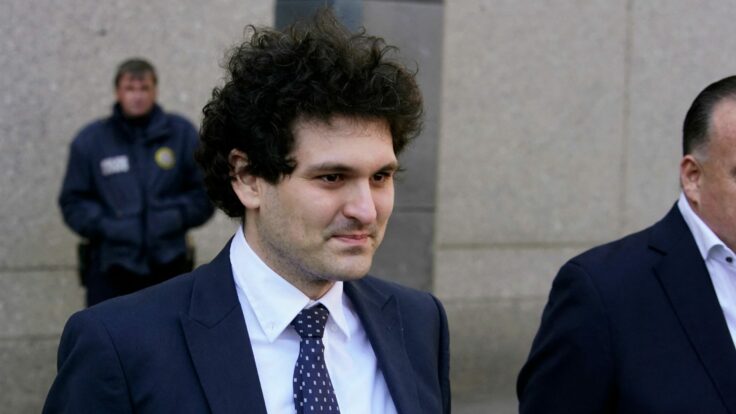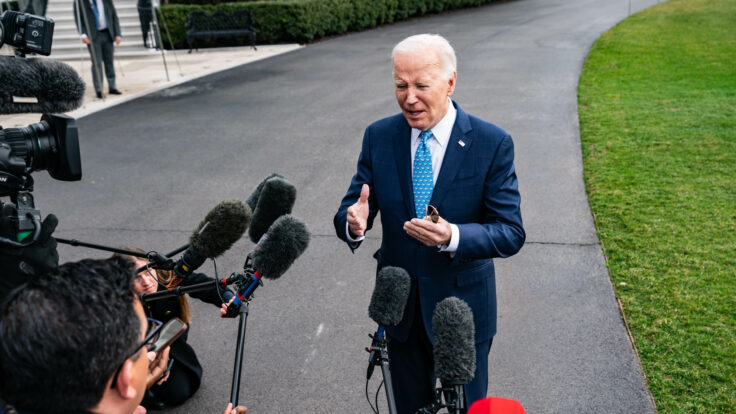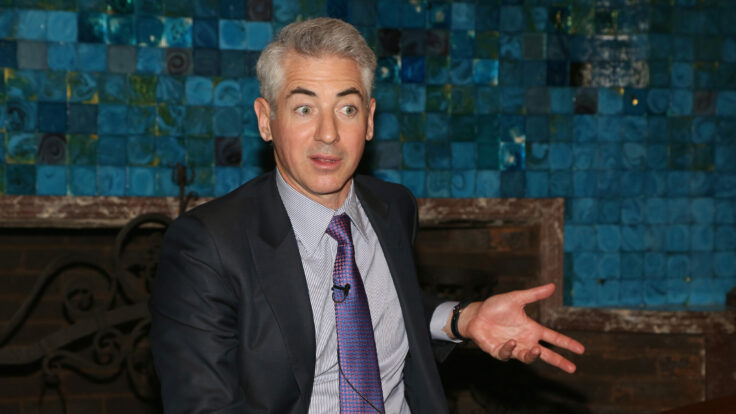By now you’ve likely heard about the stunning collapse of Sam Bankman-Fried’s crypto exchange, FTX, and its associated high-risk trading company, Alameda Research. I won’t attempt to fully summarize how FTX went from being worth some $32 billion to declaring bankruptcy, practically overnight. But at its core, the story is this: S.B.F., as he’s known, and the byzantine web of companies that comprised his crypto empire, hid things from investors. He reportedly lent billions of dollars linked to depositor funds from FTX to Alameda; took outsize risks with other people’s money; experienced a liquidity crunch and then a modern-day bank run when a rival crypto king, Binance’s Changpeng “CZ” Zhao, tipped the first domino by dumping his FTX tokens.
In the end, it appears S.B.F. has lost everything. His reputation, of course, is toast. His personal wealth has all but evaporated. FTX investors, employees, customers, portfolio companies, grantees—all will now have to fight for pennies on the dollar in bankruptcy court, if there’s anything left to fight over. Since declaring bankruptcy, hundreds of millions of dollars worth of funds have mysteriously disappeared from the exchange in what looks to be a hack but could be something worse.

















